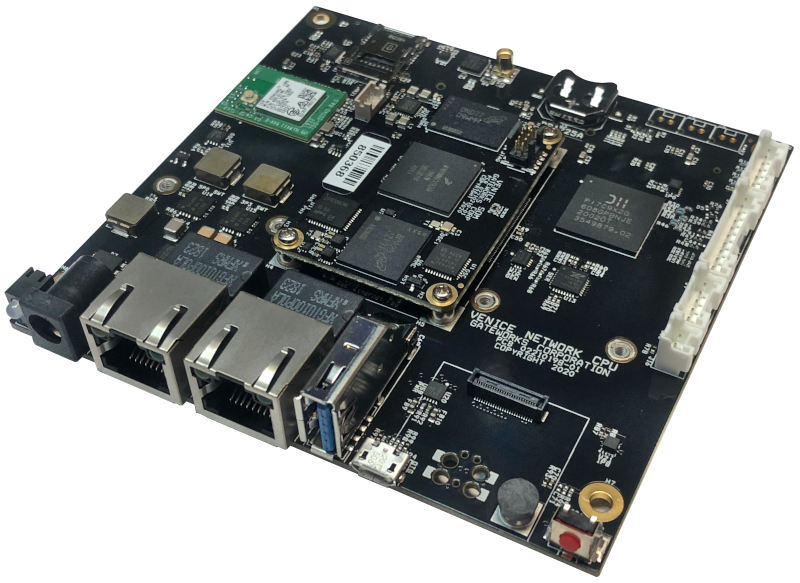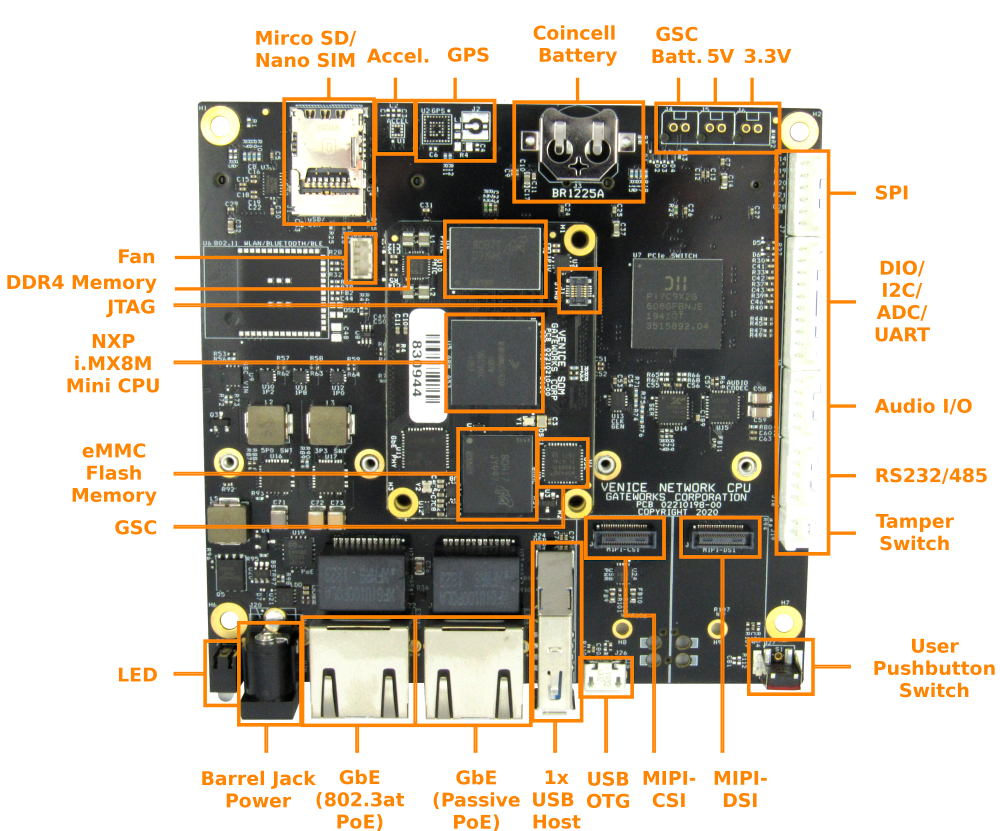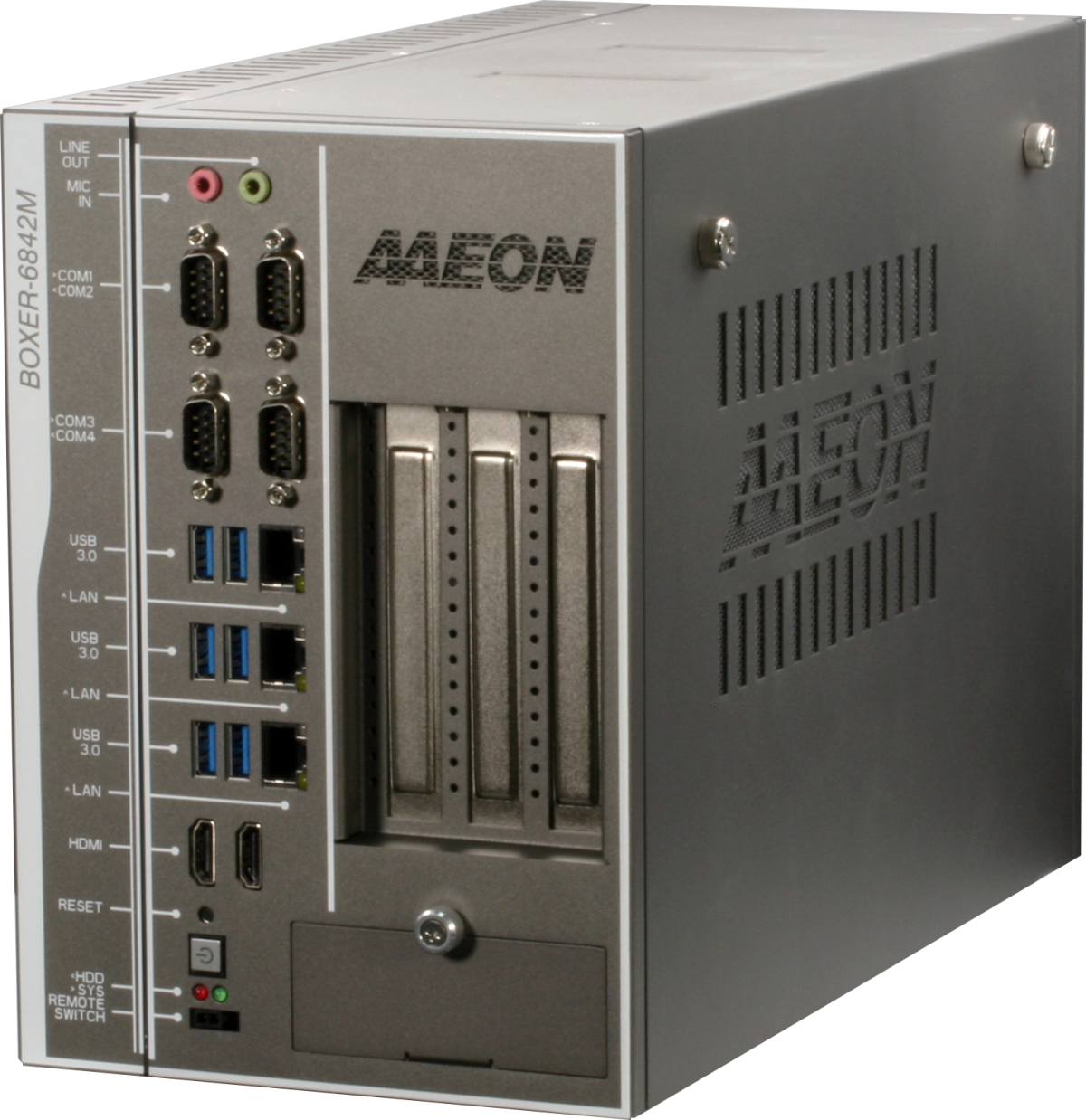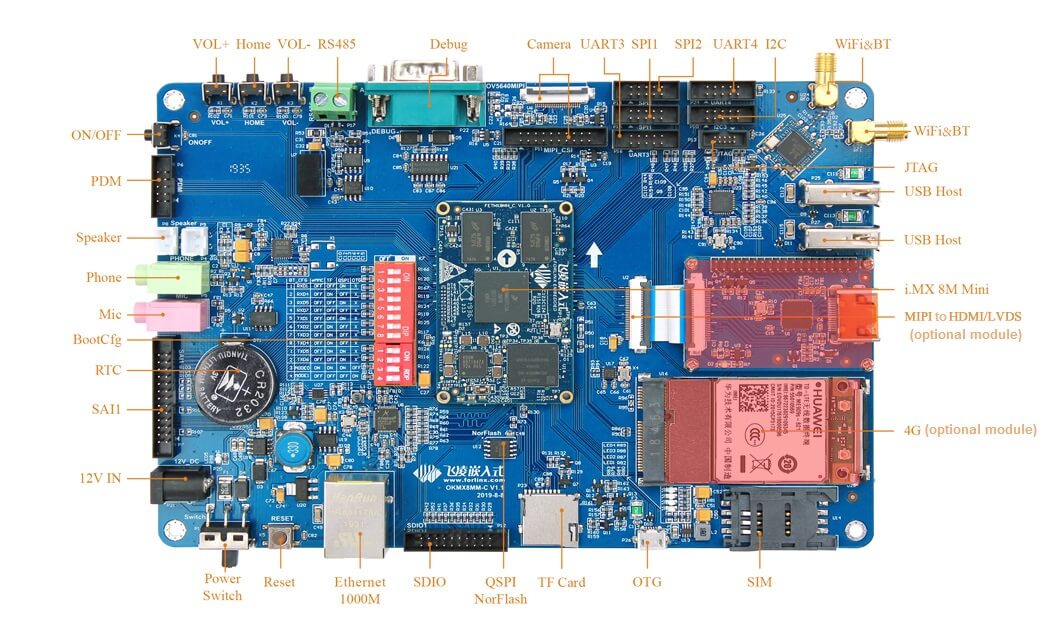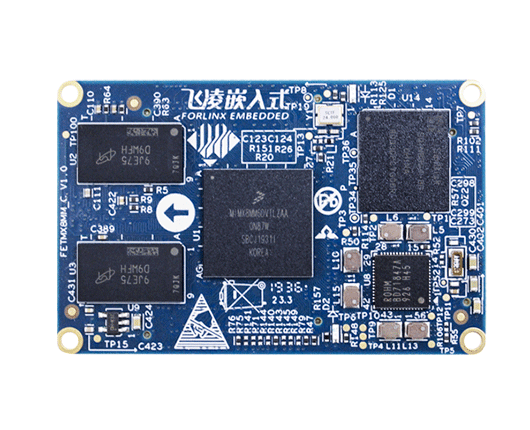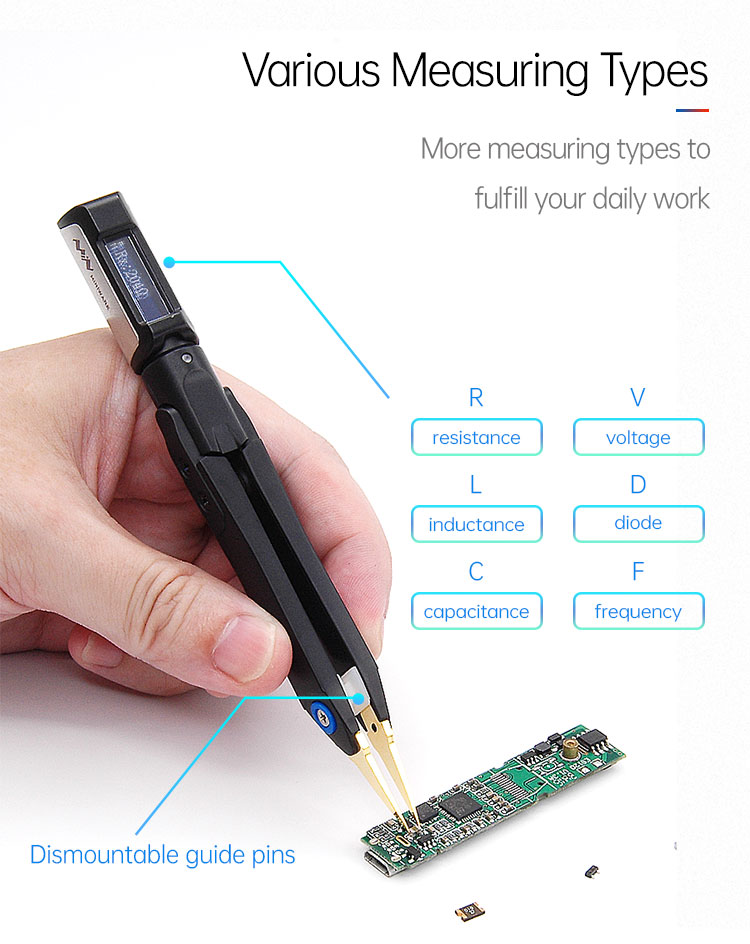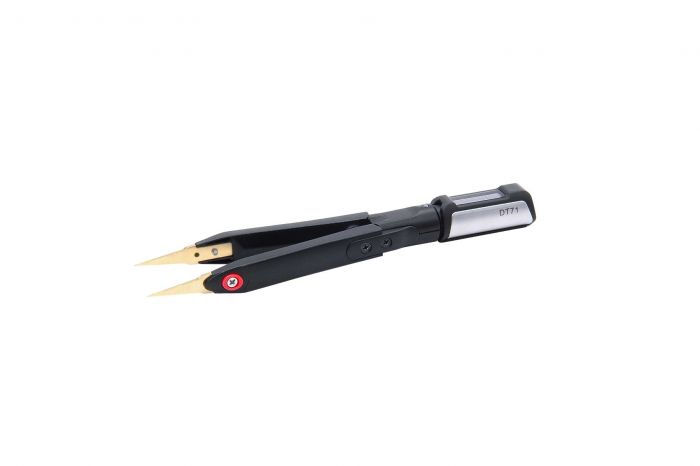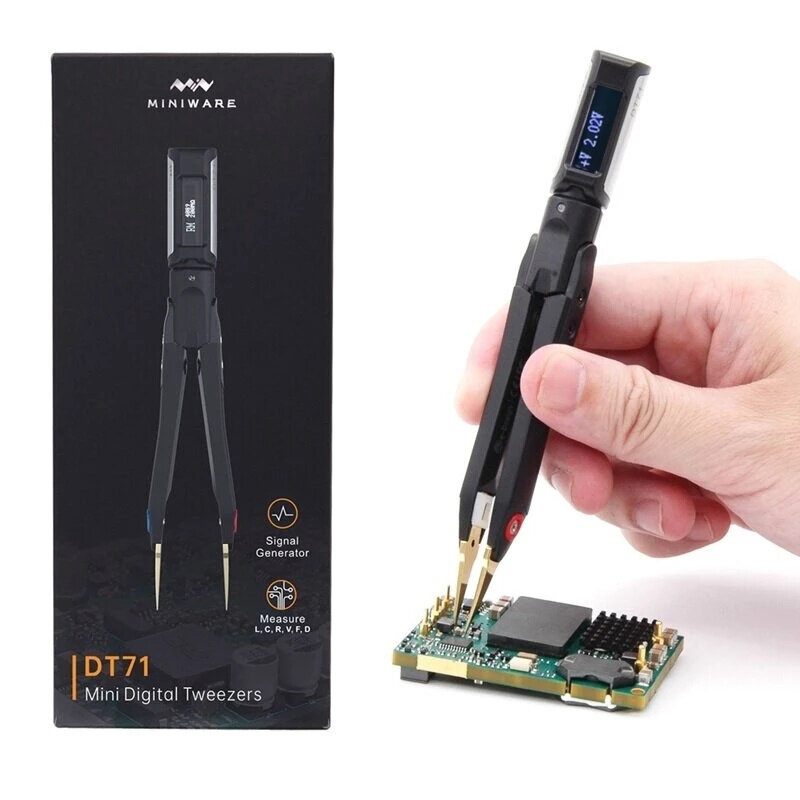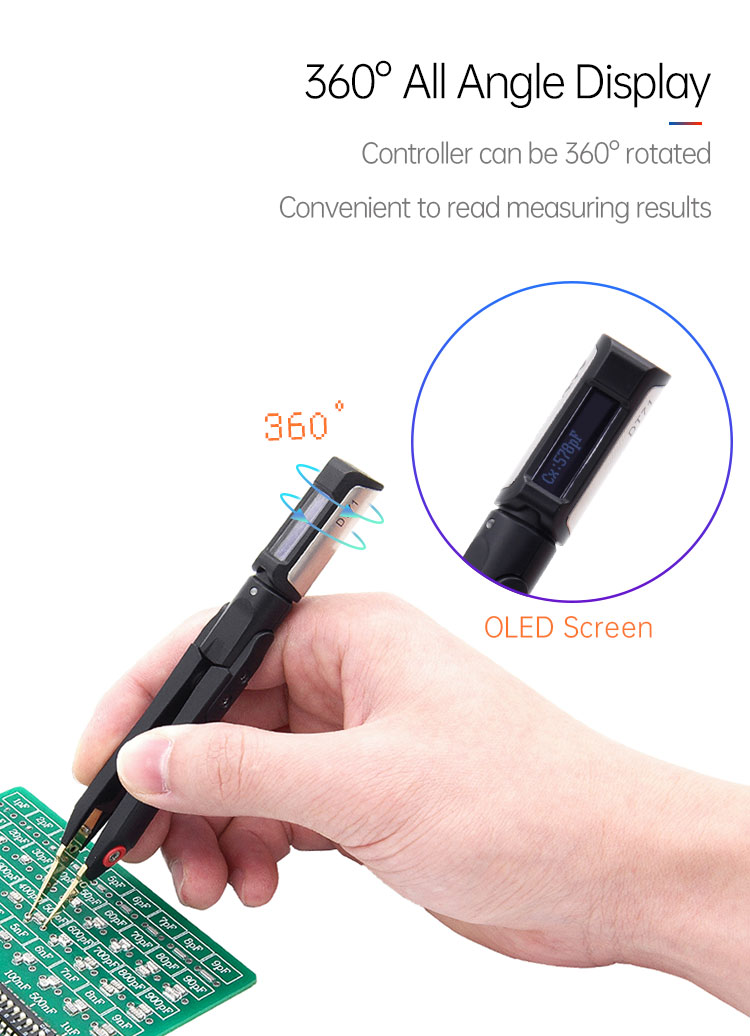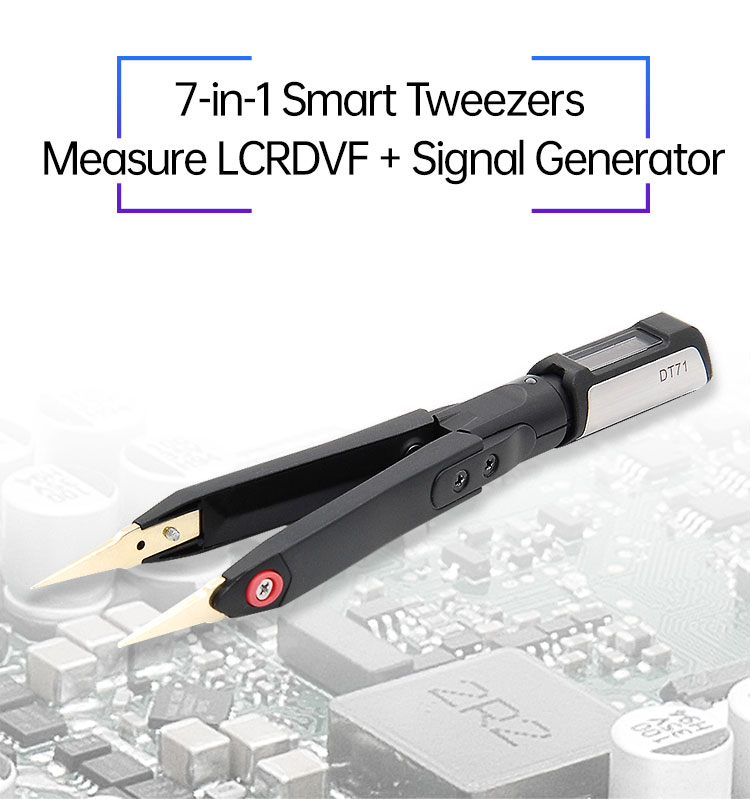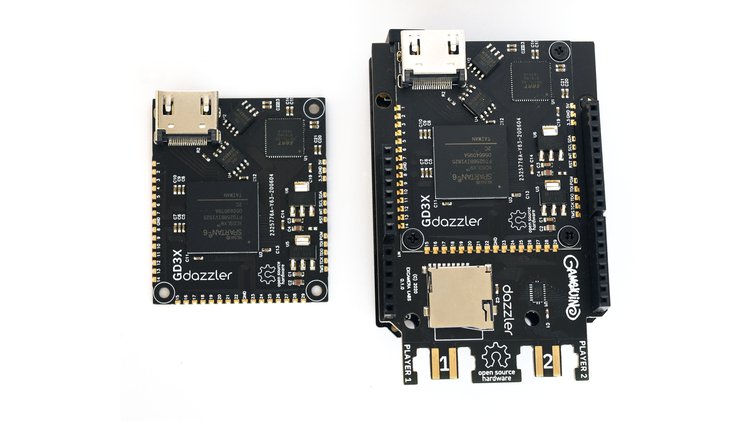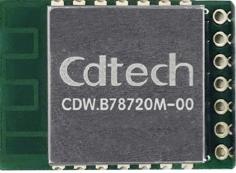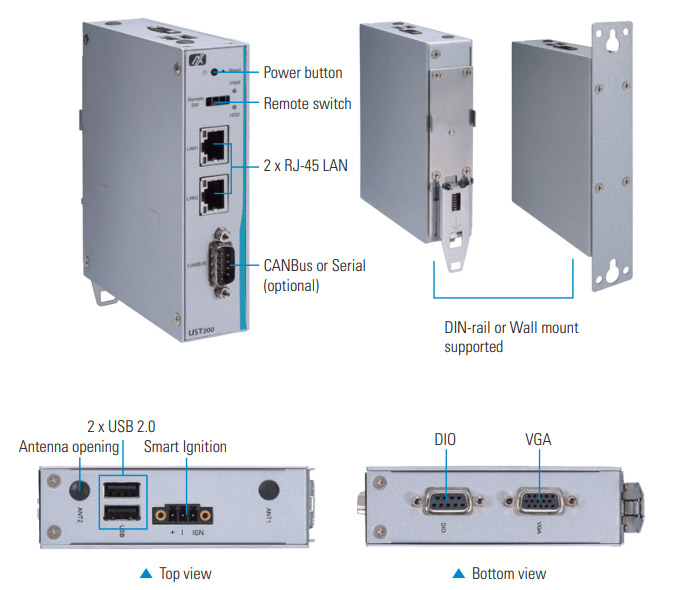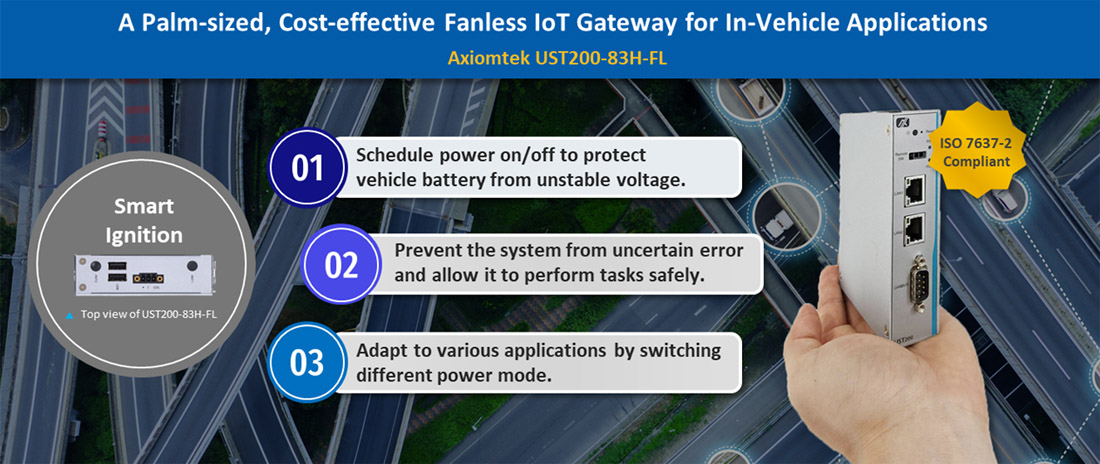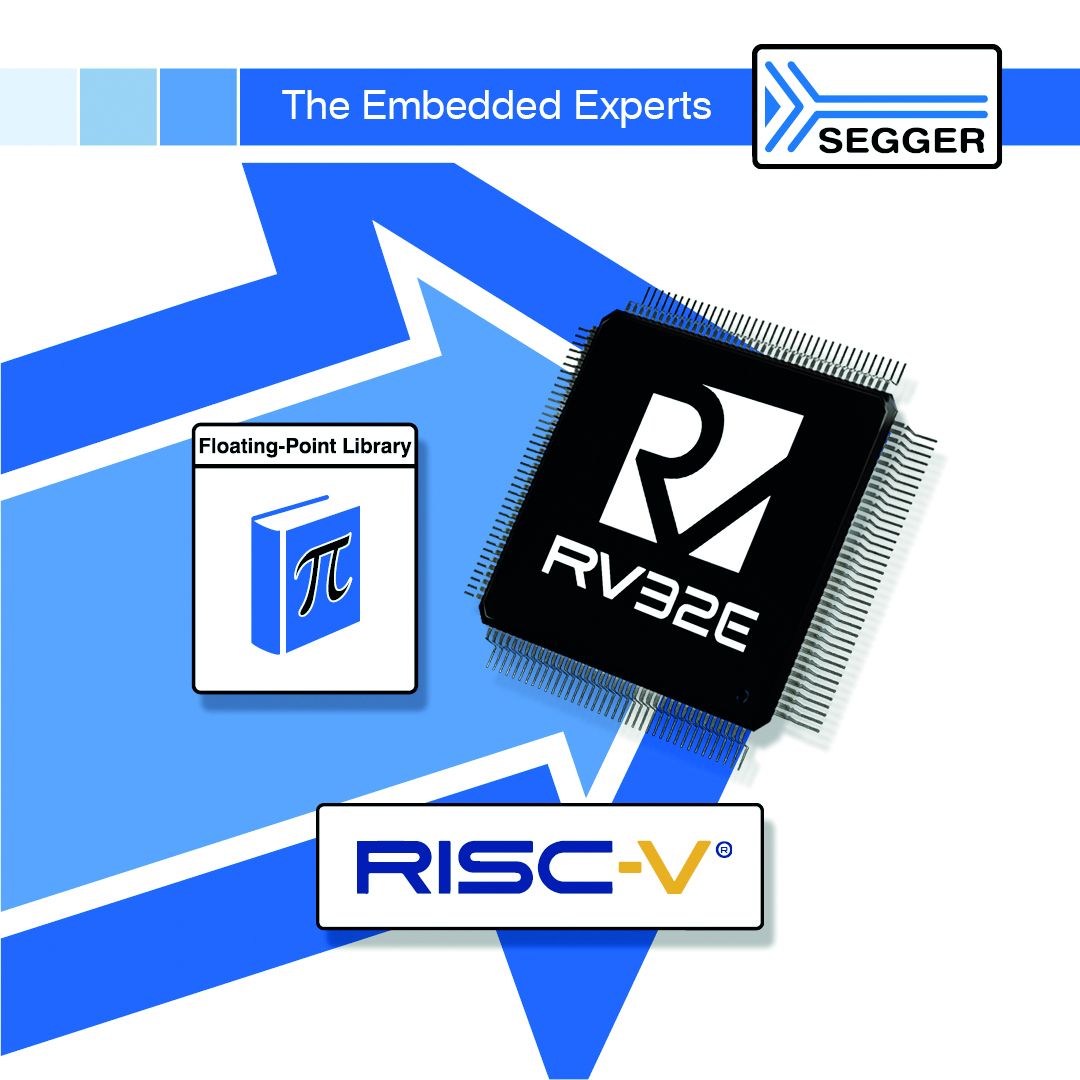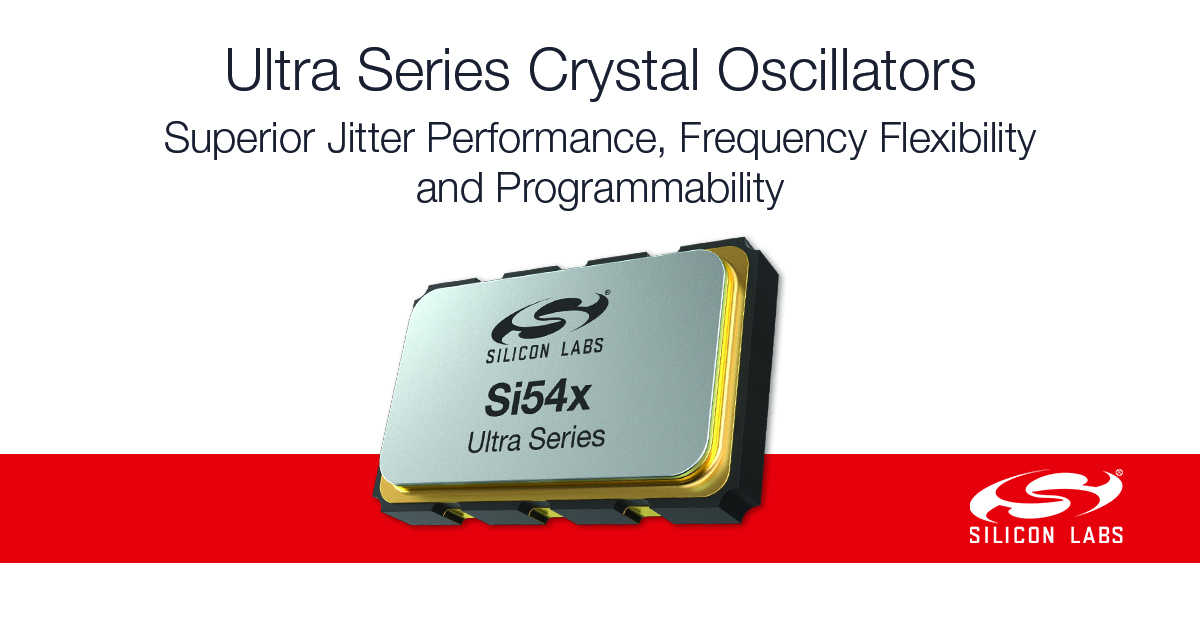
Silicon Labs has introduced a new family of small form-factor, high-performance crystal oscillators (XOs) and voltage-controlled crystal oscillators (VCXOs) for applications that require low jitter and frequency-flexible clock synthesis.
The Si54x/6x Ultra Series XO/VCXOs deliver jitter performance as low as 80 femtoseconds (fs) for integer and fractional frequencies across the entire operating range, providing outstanding jitter margin for demanding applications including data centre interconnect, optical transport, broadcast video and test/measurement. These new products are available with single, dual, quad and I2C-programmable frequency options in an industry-standard 2.5×3.2mm package footprint, making them ideal for space-constrained designs that require a mix of different frequencies.
Ideal for high bandwidth, high-density line cards and small form factor optical modules
Increasing demand for network bandwidth and faster data rates are driving the need for higher speed 400/600/800G optical/Ethernet ports and higher density line cards. With telco and data center applications accelerating 400G deployments, the optical module market is migrating from CFP designs to smaller form factor QSFP-DD, OSFP and CFP2 solutions to help ease the industry transition to higher bandwidth, higher density line cards. These applications require low jitter, highly reliable timing solutions to optimize system bit-error rates and ensure high system availability.
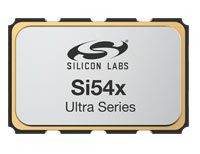
Durable operation in a small footprint
The Si54x/6x are an ideal solution for 400/600/800G coherent optics and 56G/112G SerDes clocking in optical modules and line cards that require high performance in a small footprint. The devices guarantee ±20 ppm operation over a 20-year operating life, making them ideal for long-life cycle applications. All power supply filtering is integrated inside the device, eliminating discrete components that often consume as much PCB footprint as the XO itself. Silicon Labs’ Si54x/6x are drop-in compatible with traditional oscillators while providing <2 week lead times for custom frequencies.
“Data center operators and telco networks are deploying lower-cost, smaller form factor optical modules for line-side and client-side applications, driving the need for space-optimized high-performance timing solutions,” said James Wilson, general manager of timing at Silicon Labs. “Unlike traditional solutions, which may require multiple oscillators to generate all required frequencies, the Si54x/Si56x is a single, unified solution that truly delivers any-rate performance in the industry’s smallest footprint.”
Silicon Labs’ expanding leadership in high-performance timing solutions
These new products further expand Silicon Labs’ industry-leading portfolio of high-performance XO/VCXOs, complementing a broad selection of options spanning general-purpose (800 fs), low-jitter (300 fs) and ultra-low jitter (80 fs) product families in 5x7mm, 3.2x5mm and 2.5×3.2mm package options.
Specifications:
- Industry-leading jitter performance
- Wide frequency range with < 1 ppb frequency resolution
- Single, Dual, Quad, I2C configurations available
- I2C supports 100 kHz (Standard), 400 kHz (Fast Mode) and 1MHz (Fast Mode Plus) update rates
- Reduces part numbers: define 4 startup frequencies, use I2C to generate any frequency after startup
- Excellent supply noise immunity (-80dBc Typ) ensures low jitter operation in electrically noisy systems
- Excellent temperature and total stability (-40 to +85 °C)
- 2.5×3.2 mm, 3.2×5 mm, and 5×7 mm footprints
- 3.3, 2.5, 1.8V supply operation from the same orderable part number
- Supports all popular formats: LVDS, LVPECL, HCSL, CML, CMOS, and Dual CMOS
- Superior reliability, 100% electrical testing of every device
- Samples available with 1-2 week lead times
To help simplify oscillator selection and customization, Silicon Labs offers an array of simple web-based tools:
- Part number utility enables designers to enter device specifications and generate an orderable part number in minutes
- Oscillator phase noise look-up tool provides instant access to thousands of phase noise measurements, making it easy to view device phase noise and jitter performance across a wide range of operating frequencies
- Cross-reference search utility helps customers find Silicon Labs second-source options for high-performance oscillators
Availability
Samples and production quantities of the Si54x/Si56x Ultra Series oscillators are available now. For device evaluation, Silicon Labs offers the Si5xxUC-EVB universal evaluation board. For more information or to order samples and evaluation boards, visit www.silabs.com/ultra-series.


